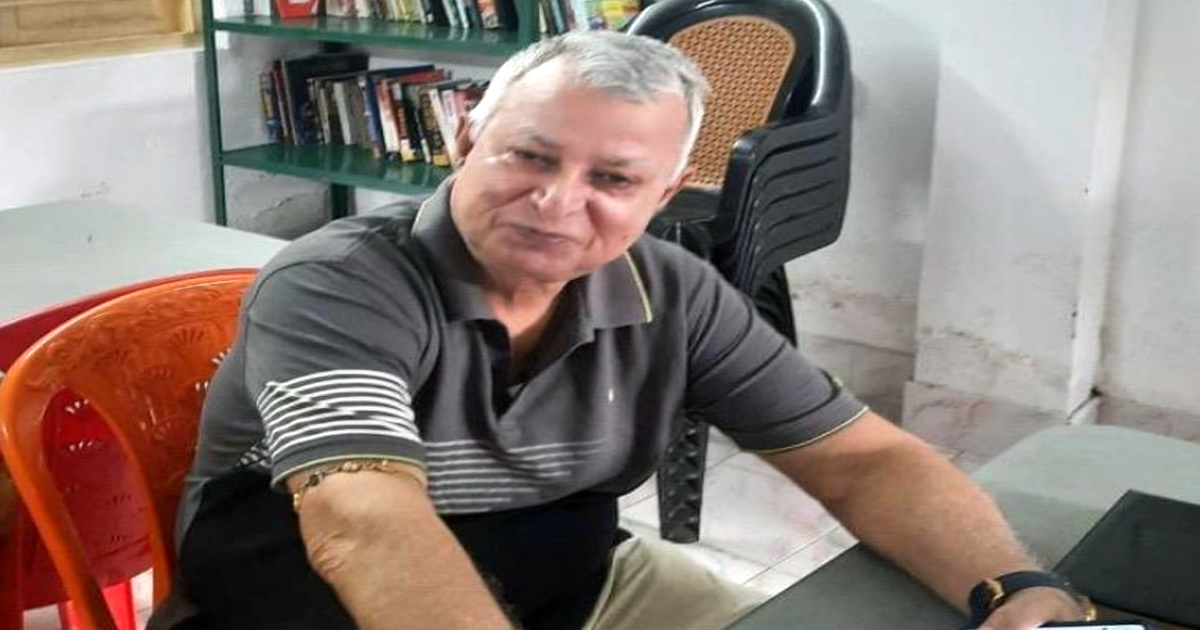Mission Sankalp And Dr. Siddharth Shiv Jaiswal , IAS !!!
Biswanath Bhattacharya
September 15, 2025

On a dusty village path in Tripura, a young girl hesitates, her school bag heavy on her shoulders and her future uncertain. A doctor by training, IAS Officer Siddharth Shiv Jaiswal had served in the National Health Mission during the COVID-19 pandemic. It was there he first noticed a quiet but alarming trend: early marriages and teenage pregnancies were silently shaping public health outcomes. “To see a child, barely a teenager, bearing the responsibilities of motherhood is unsettling. It deprives her of opportunities,” he says. Determined to act, he launched Mission Sankalp, a campaign to rescue girls from early marriage, keep them in school, and safeguard their futures.
Mission Sankalp took root amidst Tripura’s lush hills and remote hamlets, where traditions run deep and the rhythm of daily life is often dictated by necessity as much as custom. The campaign was not just a policy—it became a grassroots movement, harnessing the support of local teachers, community leaders, health workers, and police. Through regular awareness sessions, workshops, and doorstep interventions, Mission Sankalp spread its message: education is not an obstacle, but a bridge to a better life.
At its core, Mission Sankalp focused on three issues that were deeply connected—child marriage, teenage pregnancy, and drug abuse. The approach was holistic, recognizing that each of these problems feeds into the other. Early marriage often ends a girl’s education prematurely, limiting her prospects and increasing her vulnerability to health complications and poverty. Teenage pregnancy, in turn, can set off cycles of economic hardship, reduce access to healthcare, and cause emotional trauma. Meanwhile, drug abuse, another growing concern in Tripura and across the northeastern states, can further destabilize families and communities.
Jaiswal’s team mapped out the vulnerable villages, using data and personal stories to understand where their efforts were most urgently needed. They collaborated with local NGOs, panchayats, and self-help groups, forming a protective shield around at-risk girls. School authorities were encouraged to keep a vigilant eye and report absenteeism quickly, generating timely interventions that sometimes meant the difference between a lost childhood and a reclaimed future.
The ripple effect of Mission Sankalp became evident in stories that emerged, like threads of hope woven through the fabric of rural Tripura. In one village, a young girl, once on the verge of marriage, found herself back in a classroom, her laughter echoing down corridors previously muted by resignation. Girls rescued from child marriage were not just returned to school; many received scholarships, counseling, and vocational training, opening doors to careers that their mothers could scarcely have dreamed of. Parents, too, began to see the change. Community meetings featured frank discussions about the dangers of early marriage and the life-altering potential of education. Some families, once hesitant, grew proud as their daughters excelled academically, represented their communities in competitions, and aspired to become teachers, nurses, and entrepreneurs.
The results speak volumes: over 100 girls rescued, returning to classrooms and chasing their ambitions. Mission Sankalp is proof that one determined individual can change generations. The campaign’s legacy now lives not only in statistics but in the dreams rekindled, in each girl who walks to school with her head held high, and in the communities that have chosen to embrace a future where every child is free to choose their own path.
And what is refreshing for me is that I know Dr Siddharth Shiv Jaiswal, IAS, in person. His phone number is still with me. The memory of his conviction and warmth lingers, a reminder that genuine change always begins with those willing to look beyond the present and imagine something better. In Tripura, Mission Sankalp continues to shine—like the first light breaking over the hills after a long night—guiding children out of the shadows and into the promise of brighter days.
(Tripurainfo)
more articles...